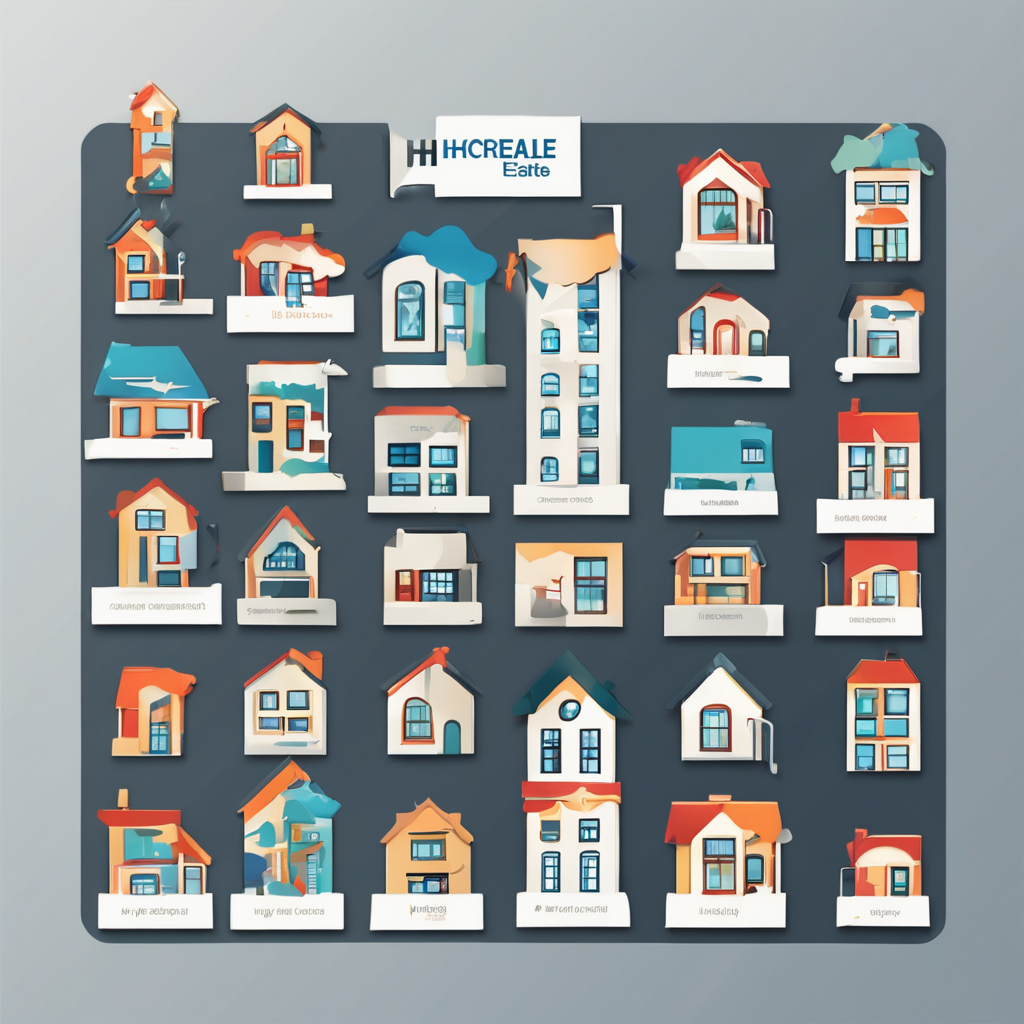Understanding Smart Home Cybersecurity
Smart homes present a unique combination of convenience and vulnerability. Smart Home Security becomes increasingly crucial as more households adopt connected devices. Common smart home devices like smart speakers, thermostats, and security cameras each have distinct vulnerabilities. When not properly secured, these devices can become gateways for cyber threats, thus presenting serious privacy risks.
Increased adoption of smart devices underscores the importance of Cybersecurity Strategies. Effective strategies involve robust encryption methods and secure device configurations. Securing your digital environment is no longer optional but a necessity for maintaining Digital Safety.
Also to read : Unveiling Stratford-upon-Avon’s Heritage: Navigating the Complexities of Property Management
In London, a growing number of attacks have been targeting smart homes, illustrating a disturbing trend. Reports indicate that these cyber threats are becoming both more complex and more frequent. Such threats, including data breaches and unauthorized access, highlight the need for diligent cybersecurity practices. Keeping ahead of these threats means staying informed and proactive about securing all connected devices within the home. Understanding these vulnerabilities and implementing effective security measures can significantly mitigate risks, ensuring a safer digital living environment for everyone involved.
Best Practices for Securing Smart Home Devices
Adopting robust security best practices for smart home devices is essential for protecting your personal data and ensuring smart technology safety. As reliance on connected devices increases, so does the potential for security breaches. Implementing strategic measures can significantly enhance protection.
Topic to read : Designing Dream Family Apartments in Suburban London: The Ultimate Guide for Architects and Designers
Secure Device Configuration
Enhancing device configuration is a crucial step toward improved security. Begin by changing default settings immediately upon installation. Most devices come pre-equipped with generic usernames and passwords, which can be easily exploited by hackers. Disable unnecessary features or services that aren’t essential for your device’s functionality to reduce vulnerability. This proactive approach fortifies your devices against potential threats.
Regular Software Updates
Keeping firmware and software up to date is important for maintaining smart technology safety. Outdated versions can leave devices vulnerable to cyberattacks. Manufacturers regularly release updates to fix security flaws. Regularly check for updates and install them promptly. This simple practice is instrumental in safeguarding your smart home environment.
Strong Password Solutions
Employing strong, unique passwords is critical for overall digital security. Use complex passwords for each device to minimize the risk of breaches. Consider utilizing password managers for efficient storage and management. Password managers can generate secure passwords and keep track of them, enhancing your home’s defense posture significantly.
Enhancing Network Security for Smart Homes
In the realm of smart home security, network protection plays a crucial role. Your router acts as the gatekeeper, controlling the flow of data to and from your home devices. To bolster Wi-Fi security, consider implementing several measures. Enabling features like guest networks allows visitors to access the internet without compromising your main network’s integrity. This separation is key to maintaining home network safety.
Moreover, activating built-in firewalls on your router further shields your network from potential intrusions. These digital barriers actively block unauthorized attempts to access your devices. It’s also essential to employ WPA3 encryption, the latest standard in wireless security. This encryption method significantly enhances the safety of data transmitted over your Wi-Fi network by making it challenging for hackers to decipher the data.
Consistently updating your router’s firmware ensures vulnerability patches are applied promptly, which is crucial for fending off sophisticated cyber threats. By tightly controlling network access and leveraging robust encryption, homeowners can enjoy the benefits of smart technology without unnecessary risks. A secure network foundation is indispensable for overall digital safety.
Understanding Local Cybersecurity Threats in London
Understanding local cyber threats has become increasingly important as cybercrime in London continues to escalate. Smart homes, with their myriad connected devices, offer an attractive target for cybercriminals. By studying case studies of smart home breaches, homeowners can gain insights into vulnerability patterns and better protect their own systems.
Case Studies of Smart Home Breaches
Reviewing real-world breaches reveals common vulnerabilities exploited by attackers. For instance, attackers often exploit weak passwords and outdated software to gain unauthorized access. Learning from these cases helps enhance digital safety by informing the adoption of better security practices.
Collaboration with Local Authorities
In London, collaborations with local authorities are pivotal. Law enforcement agencies actively work to combat smart home cyber threats. They provide resources and guidance, helping residents fortify their digital systems. Homeowners are encouraged to engage with these services to enhance their smart home security.
Community Awareness Programs
Community awareness programs play a critical role. These initiatives educate residents on cybersecurity best practices, ensuring broader societal resilience. Resources like workshops and forums foster information sharing about cybersecurity strategies, equipping communities to collectively defend against local threats.
Future Trends in Smart Home Cybersecurity
Smart homes are evolving rapidly, and with these advancements come new emerging security technologies. As the future unfolds, we anticipate significant progress in safeguarding smart environments. One key area of innovation involves the future of cyber safety, particularly the integration of AI and machine learning into cybersecurity frameworks. These technologies are anticipated to bolster real-time threat detection, enabling systems to autonomously adapt to potential risks.
The rise of AI-enhanced security measures not only promises improved responsiveness to threats but also facilitates the development of more intuitive smart home innovations. By analyzing patterns and predicting potential vulnerabilities, these technologies can offer proactive security solutions tailored to the unique configuration of each home. This ensures a dynamic defense mechanism, responsive to evolving cyber threats.
Moreover, as digital landscapes continue to shift, preparing for the future requires individuals to remain aware and educated about these advancements. Staying informed about the future of cyber safety allows for better preparedness and adaptability, ensuring homeowners can leverage the latest technologies to maintain a secure digital environment. The journey towards more secure smart homes is ongoing, and future innovations promise enhanced protection against emerging threats.
